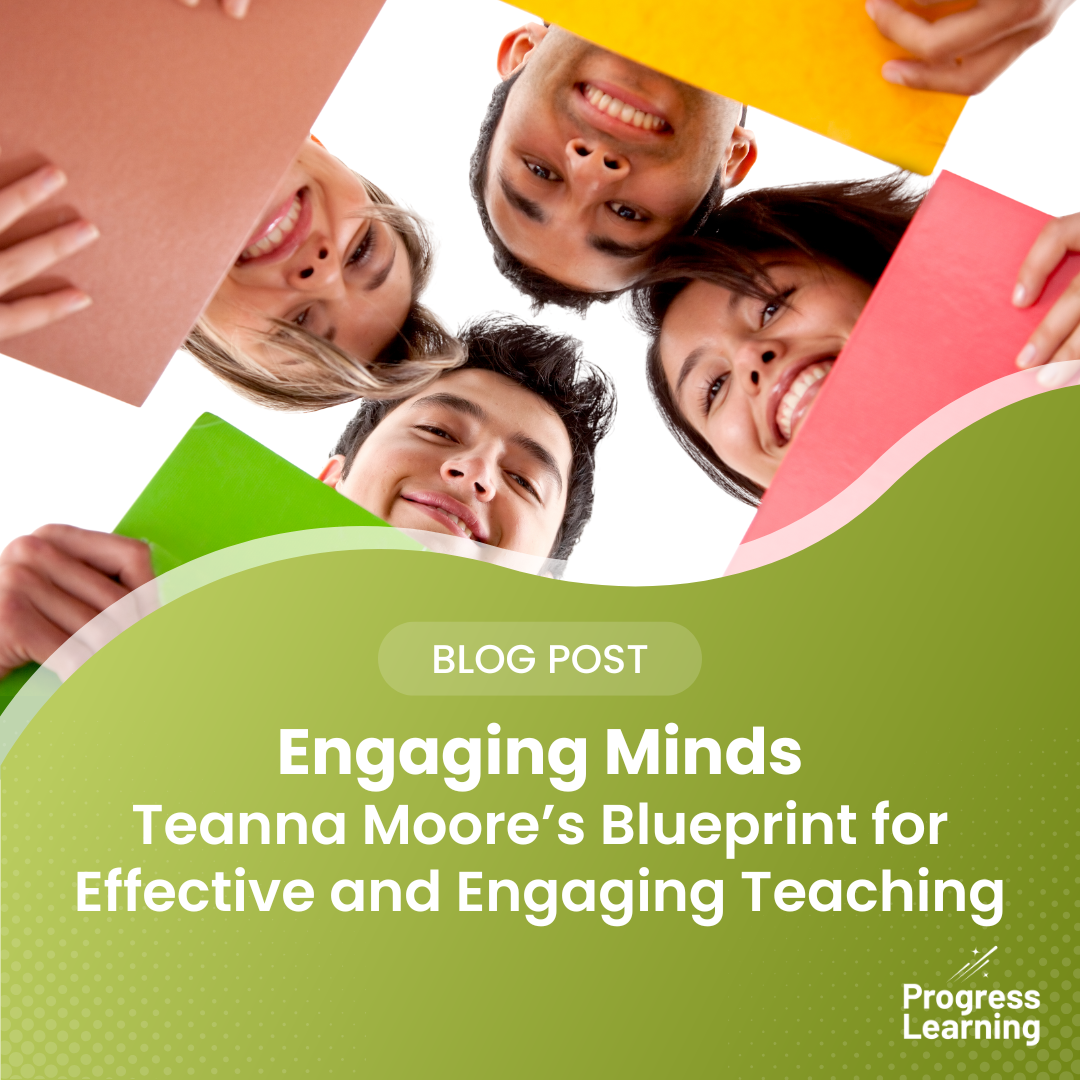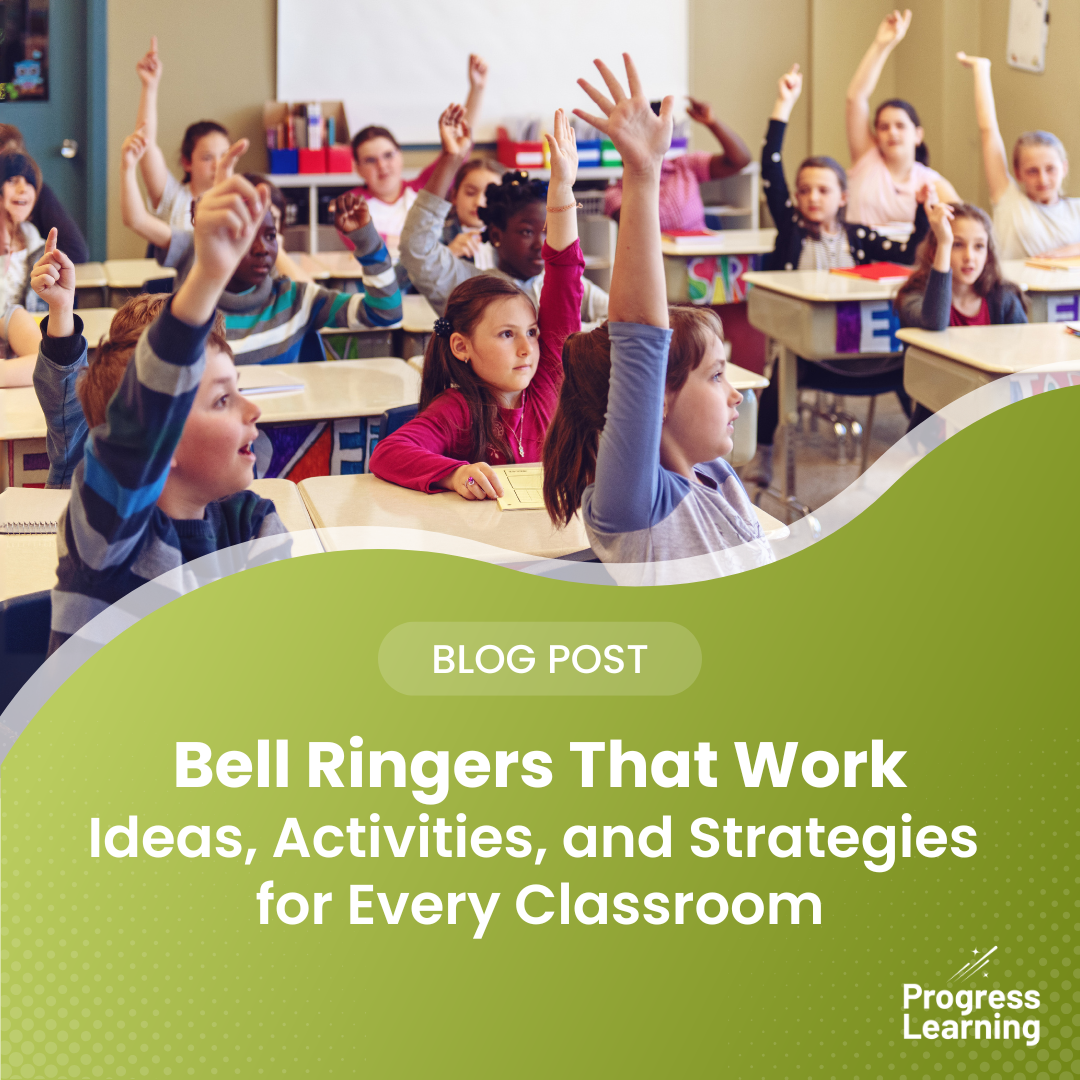Optimizing Summer School: How to Make Your Remediation Plan Actually Work
Every district has a summer school plan. But the real question is—will it work?
Our Summer Learning Loss Survey showed that educators know what’s coming: unfinished learning, forgotten routines, and regression in key skills. In fact, 97% of respondents said students do not retain what they learned the year before. So the challenge isn’t just teaching. It’s catching students up fast—before the next school year kicks into full gear.
Here are six common mistakes that cause summer remediation to go off track—and how to course-correct for better outcomes.
Mistake #1: Treating Summer Like a Mini School Year
Trying to recreate the regular school year—just shorter—is one of the fastest ways to lose momentum. Standard pacing guides and daily schedules don’t match the pace or needs of summer school students. These learners often enter summer school already behind and overwhelmed; giving them more of the same structure and content from the school year doesn’t help.
Solution:
Focus on acceleration and remediation, not routine coverage. Use diagnostic data or NWEA MAP integration to zero in on priority gaps. Then personalize learning paths with tools like Liftoff or custom assignments. Think flexible, not formulaic. Build in time for frequent formative assessments and use Quick Click Remediation features to pivot instruction daily, not just weekly.
Mistake #2: Planning Without Prioritizing
Time is limited. If your summer curriculum tries to touch on everything, it likely won’t help much of anything. This “mile wide, inch deep” approach stretches teachers thin and leaves students feeling lost.
Solution:
Start with data. With Progress Learning you can use built-in diagnostics or import RIT scores via our NWEA MAP integration to identify the most critical learning gaps. These insights allow educators to focus instruction where it matters most—on high-impact, foundational standards. Prioritize skills that unlock broader learning, like number sense in math or reading comprehension in ELA.
Mistake #3: Underestimating the “Behavior Slide”
When we asked educators what they notice most when students return in the fall, the top answer wasn’t academic regression—it was behavior and routines. Students are often out of practice with classroom expectations, which can derail learning early in a summer program.
Solution:
Rebuild structure with tools that offer clear expectations and progress benchmarks. Progress Learning’s Study Plan gives students daily targets and instant feedback. Teachers can reinforce routines by gamifying effort with Galaxy Stars and study streaks, offering a positive way to reset classroom culture and engagement. Finding ways to retain routines can both help students over the summer, and helps when the new school year starts.
Mistake #4: Teaching at the Wrong Tier
Grouping all students together and offering the same content misses the mark. Every student is on a different path post-summer. Our survey also found that small-group instruction and personalized intervention were among the most effective strategies to combat learning loss—yet many summer programs aren’t set up for that kind of differentiation.
Solution:
Use a tiered support model:
- Tier I: Grade-level review through video lessons and skills practice.
- Tier II: Quick Click Remediation for targeted reinforcement of specific standards.
- Tier III: Liftoff for students needing full-scale adaptive intervention, with learning paths that meet students where they are—not where the curriculum says they should be.
This ensures every learner is met with the right level of support, which is especially crucial for students with IEPs, ELLs, or those returning with significant unfinished learning.
Mistake #5: Forgetting Motivation
Regression in reading, writing, and math topped our survey results, but so did student engagement. Many summer students arrive already feeling frustrated by school. Without a clear “why,” even the most targeted instruction can fall flat.
Solution:
Use built-in incentives to foster buy-in. Progress Learning rewards effort with games, avatars, and recognition. Teachers can also set personalized goals—like earning a set number of Galaxy Stars each week—to create momentum. One case study from Charles Drew Elementary showed that students were so motivated by rewards that they grew from 33% to 82% proficiency in science and 15% to 56% proficiency in reading in just one year!
Mistake #6: Thinking It Ends in the Classroom
Even the most well-planned summer session can’t undo months of uneven access to resources. Our research shows that students from low-income households are more likely to lose ground each summer, in part due to limited access to enrichment opportunities.
Solution:
Extend learning beyond the classroom. Equip families with simple tools like printed login cards, family letters, and student goal-setting templates. Provide online activities that are easy to access from home—no app required. For younger students, programs like Liftoff even support text-to-speech and Spanish language access, helping remove barriers to continued learning.
Summer School Shouldn’t Be a Band-Aid
Teachers told us it can take up to eight weeks to recover from summer learning loss. That’s nearly a quarter of the school year. Your summer school program doesn’t just need to be well-intentioned—it needs to be high-impact.
Avoid these common mistakes, focus your efforts, and use tools designed for real-time remediation. The difference between “just getting through summer” and “getting ahead” is all in the planning.


